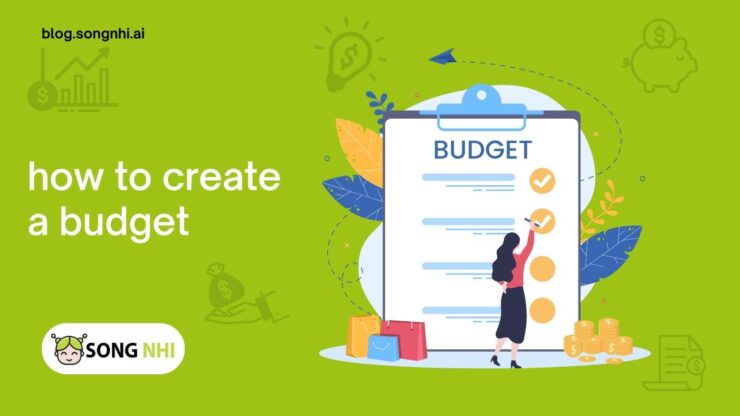Creating a budget is a crucial step towards achieving financial stability and reaching your financial goals. It allows you to gain control over your finances, make informed decisions, and prioritize your spending. In this article, we will provide a comprehensive step-by-step guide on how to create a budget that works for you.
1. Set Financial Goals
Start by defining your financial goals. Whether it’s paying off debt, saving for a down payment, or building an emergency fund, having clear goals will guide your budgeting process and help you stay motivated.
2. Evaluate Your Income
Identify all sources of income, including your salary, freelance work, rental income, or any other regular income streams. Calculate your total monthly income after taxes to establish a baseline for your budget.

3. Track Your Expenses
Track your expenses for a month to understand where your money is going. Categorize your expenses into broad categories such as housing, transportation, groceries, entertainment, and debt payments. Use bank statements, receipts, and expense tracking apps to ensure accuracy.
4. Differentiate Between Fixed and Variable Expenses
Differentiate between fixed expenses (those that remain the same each month, such as rent or mortgage payments) and variable expenses (those that fluctuate, such as groceries or utility bills). This distinction helps you understand which expenses are essential and which are discretionary.
5. Prioritize Essential Expenses
Identify your essential expenses, including housing, utilities, food, transportation, debt payments, and healthcare. These are the expenses you must prioritize to ensure your basic needs are met.
6. Allocate Funds
Allocate a specific amount of your income to each expense category. Start with essential expenses, ensuring they are covered first. Then, allocate funds to discretionary categories based on your priorities and financial goals. Be realistic and consider past spending patterns when setting the amounts.
7. Monitor and Adjust
Regularly monitor your spending and compare it to your allocated budget. Track your expenses and income monthly to ensure you are staying on track. If you find that you are consistently overspending in certain categories, reevaluate your budget and make necessary adjustments.

8. Embrace Flexibility
Budgets should be flexible to accommodate unexpected expenses or changes in income. Leave some room for discretionary spending and build an emergency fund to handle unforeseen circumstances. Review and adjust your budget as needed to adapt to changing financial situations.
9. Utilize Budgeting Tools and Apps
Consider using budgeting tools and apps to simplify the process. There are many available options that can help you track expenses, categorize spending, and generate reports. These tools can provide valuable insights into your financial habits and make budgeting more manageable.
Related articles:
- Eating Healthy on a Budget
- How to Make a Monthly Budget?
- Why You Need a Budget App: Take Control of Your Finances
- Practical Tips for Financial Management
10. Seek Professional Advice
If you find budgeting challenging or if you have complex financial situations, consider seeking advice from a financial planner or advisor. They can provide personalized guidance, help you optimize your budget, and offer strategies to achieve your financial goals.
Conclusion
Creating a budget is a fundamental step in managing your finances effectively. By setting financial goals, evaluating your income, tracking expenses, prioritizing essential expenses, allocating funds, monitoring and adjusting your budget, embracing flexibility, utilizing budgeting tools, and seeking professional advice when needed, you can create a budget that empowers you to take control of your financial future. Remember, consistency and discipline are key to successful budgeting, so stay committed to your financial goals and adapt your budget as circumstances change.

















